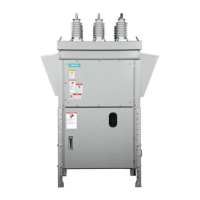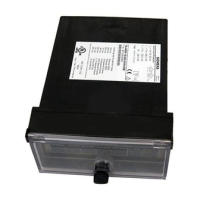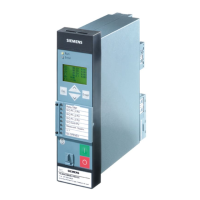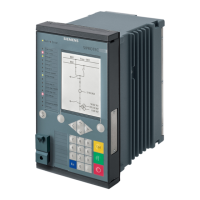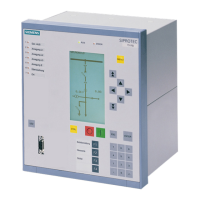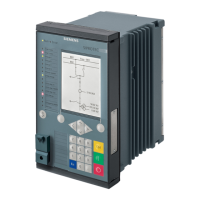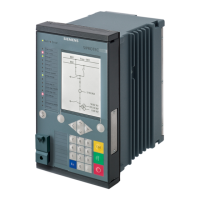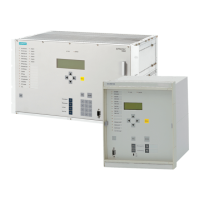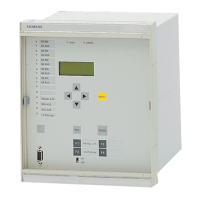Selectivity for 3VA molded case circuit breakers
Configuration Manual, 08/2016, A5E03603181010-01
69
Selectivity and undervoltage protection
6
In the event of a short-circuit, the line voltage at the short-circuit location collapses to a
residual voltage that is dependent on the fault impedance. If the short-circuit is dead, the
voltage at the short-circuit location drops to virtually zero.
Short-circuits normally generate arcs with a peak arc voltage U
LB
within the range of
30 V ≤ U
LB
≤ 70 V. The residual voltage that persists following a short-circuit increases in the
opposite direction to current flow in proportion to the impedance between the fault location
and the power source.
It can be seen from the diagram below that the residual voltage at the low-voltage main
distribution board (LV-MDB) is higher if the short-circuit is far from the infeed than if it is
close to the infeed. If we assume that the residual voltage U
Res
= 30 V at the fault location,
the resultant voltage conditions are as follows:
Figure 6-1 Example of voltage conditions after a short-circuit in a low-voltage network
left: far-from-infeed short-circuit, right: near-to-infeed short-circuit
The protective response of circuit breakers with an undervoltage release can be evaluated
by measuring the residual voltage at the network nodes (LV-MDB, LV-SDB).
If the rated operational voltage U
e
drops to a residual voltage of 0.35 x U
e
≤ U
Res
≤ 0.70 x U
e
and the voltage dip persists for longer than t
Δu’
= 20 ms, all circuit breakers that are equipped
with an undervoltage release interrupt the power supply to the loads. No selectivity is
afforded in this case.

